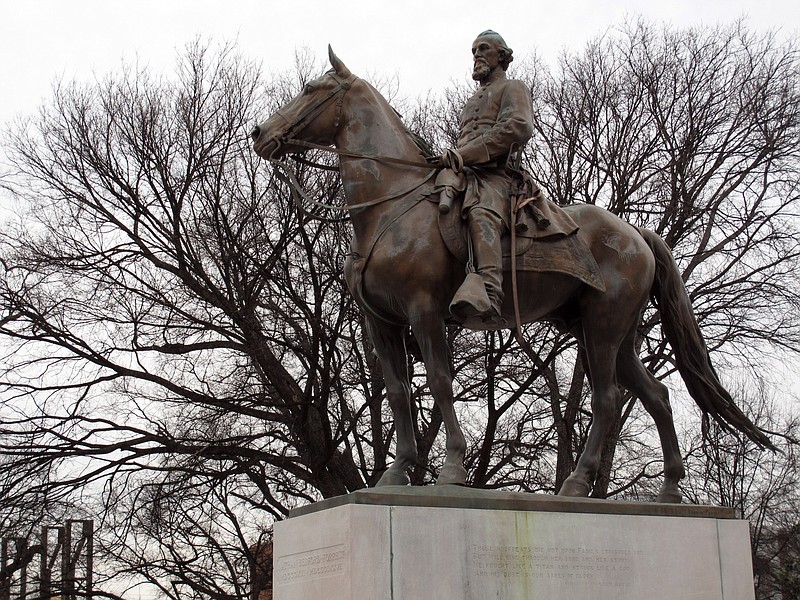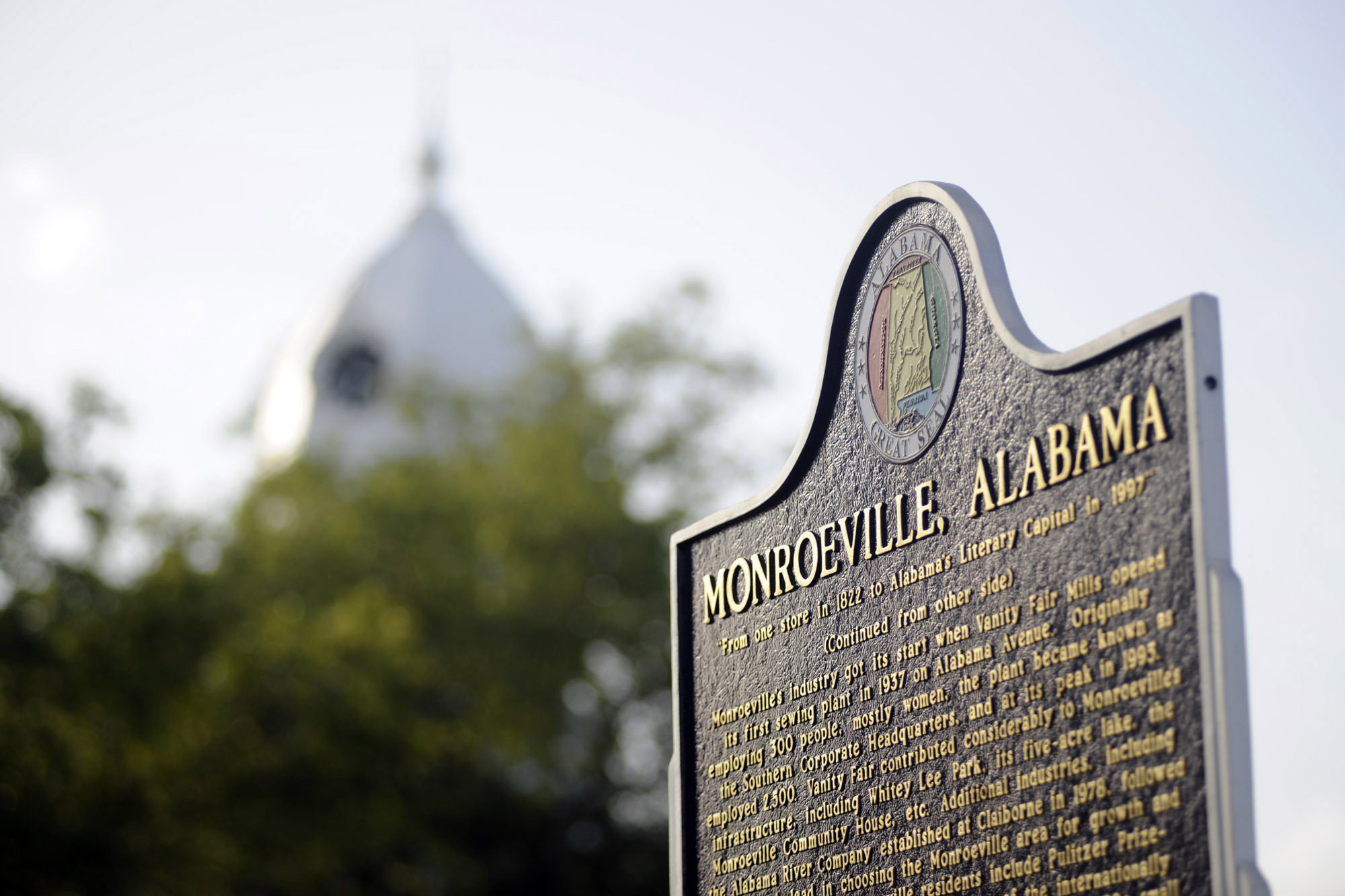When heroes fall off their pedestals, they fall hard.
Ask Nathan Bedford Forrest and Atticus Finch.
Even as Tennessee Gov. Bill Haslam had declared Monday as Nathan Bedford Forrest day, he and other Tennessee officials had begun moves to remove Forrest's bust from the Capitol. In Memphis, city leaders even want his remains removed, along with a statue of the Civil War Confederate leader, that were placed in a public square in the city in 1905.
With today's new racial sensitivity in the aftermath of a white supremacist's arrest on charges of gunning down nine blacks in an historic Charleston African-American Methodist Episcopal church last month and the subsequent revelations that the shooter liked to pose with the Confederate battle flag, anything Confederate is now part of a long overdue regional and national debate about publicly promoted Dixie symbols. Now, Elmwood Cemetery in Memphis has agreed to take back Forrest's remains, but it won't take the statue, reports the Commercial Appeal.
With some irony, Harper Lee's first fiction - the book that editors sent back with advice to tell the story through child eyes and that became "To Kill a Mockingbird" - is released today in its original form amid this upheaval.
To the great consternation of fans of Atticus Finch, the legend of this fictional patron saint of southern tolerance and justice also is upended. When seen through his adult daughter's eyes, Finch is wholly intolerant, according to the book's early reviewers. In fact, he is portrayed as being just as much a racist as most other men of his time.
That's a key phrase - most other men of his time - a time when Jim Crow was the law and attitude of the land.
Finch, even had he been real, probably would have chided Scout (Jean Louise in her older years) for her idealistic views about racial equality: "The Negroes down here are still in their childhood as a people," he says in "Go Set a Watchman." But as an attorney, he still would have defended Tom Robinson because everyone had a right to fair trial.
What we see as racist today wasn't seen as racist (by whites, anyway) in the 1950s.
This is equally true of Confederate generals. History is history, in fact and in fiction, because it is in the past tense.
It also is truncated. And facts especially are truncated in those neat little history book and Wikipedia bio-boxes. In books and biographies, the lives of central characters can take on at least a patina of nuance.
Take Nathan Bedford Forrest, for instance. In the bio-box version, Forrest was a lieutenant general in the Confederate Army remembered as a self-educated, brutal and innovative cavalry leader. He was accused of war crimes at the Battle of Fort Pillow for allowing forces under his command to massacre hundreds of black Union Army and white Southern Unionist prisoners. He was a slave trader who became the first grand wizard of the Ku Klux Klan.
But here are some other facts about Forrest. At the war's end, he told his troops in a farewell address: "Civil war, such as you have just passed through naturally engenders feelings of animosity, hatred, and revenge. It is our duty to divest ourselves of all such feelings; and as far as it is in our power to do so, to cultivate friendly feelings towards those with whom we have so long contended, and heretofore so widely, but honestly, differed. Neighborhood feuds, personal animosities, and private differences should be blotted out; and, when you return home, a manly, straightforward course of conduct will secure the respect of your enemies. Whatever your responsibilities may be to Government, to society, or to individuals meet them like men."
Historians differ as to whether he was a grand wizard. In the first rendition of the Klan, about 1867, white Americans who made up the KKK hoped to persuade black voters that a return to their state of repression and slavery, as it existed before the war, was in their best interest, according to historian Brian Steel Wills. Wills wrote that Forrest assisted in maintaining order. In 1868, Forrest told a Cincinnati newspaper that he sympathized with the Klan but denied any formal connection. Another historian, Mattias Gardell, wrote, "In 1869 Forrest dissolved the Klan after finding that the aims and methods of the secret society had been perverted. Although most Klan chapters followed his instructions and did close up shop, Klan activities continued in several areas "
Forrest himself, in 1871, testified before a Congressional committee investigating the Klan's activities. He again denied membership, and the committee (which pointedly left the conclusion about his connection up to the reader) wrote: "The natural tendency of all such organizations is to violence and crime; hence it was that General Forrest and other men of influence in the state, by the exercise of their moral power, induced them to disband."
The point here is not to say that Forrest was a devil or a saint. He was both, and some other things as well. His life and his personality, like all of ours, were nuanced. So, too, are fictional characters in the hands of good writers.
Today we'll find out how good Harper Lee really was or wasn't - even in her first book. And, yes, nuanced or not, Forrest's bust and statue still should go.

